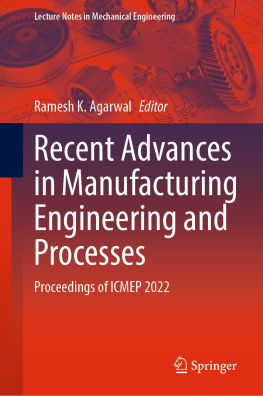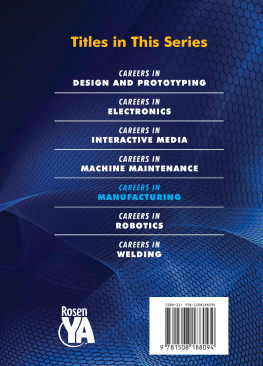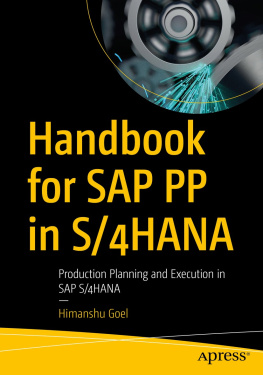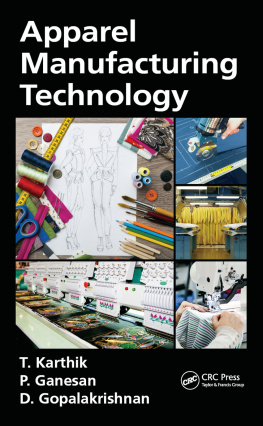Suman Mukherjee - SAP MII: Functional and Technical Concepts in Manufacturing Industries
Here you can read online Suman Mukherjee - SAP MII: Functional and Technical Concepts in Manufacturing Industries full text of the book (entire story) in english for free. Download pdf and epub, get meaning, cover and reviews about this ebook. year: 2017, publisher: Apress, genre: Computer. Description of the work, (preface) as well as reviews are available. Best literature library LitArk.com created for fans of good reading and offers a wide selection of genres:
Romance novel
Science fiction
Adventure
Detective
Science
History
Home and family
Prose
Art
Politics
Computer
Non-fiction
Religion
Business
Children
Humor
Choose a favorite category and find really read worthwhile books. Enjoy immersion in the world of imagination, feel the emotions of the characters or learn something new for yourself, make an fascinating discovery.
- Book:SAP MII: Functional and Technical Concepts in Manufacturing Industries
- Author:
- Publisher:Apress
- Genre:
- Year:2017
- Rating:3 / 5
- Favourites:Add to favourites
- Your mark:
SAP MII: Functional and Technical Concepts in Manufacturing Industries: summary, description and annotation
We offer to read an annotation, description, summary or preface (depends on what the author of the book "SAP MII: Functional and Technical Concepts in Manufacturing Industries" wrote himself). If you haven't found the necessary information about the book — write in the comments, we will try to find it.
This book starts with an overview of SAPs manufacturing integration and intelligence application and explains why it is so important. Youll then see how it is applied in various manufacturing sectors.
The biggest challenge in manufacturing industries is to reduce the manual work and human intervention so that the process becomes automatic. SAP MII explains how to bridge the gap between management and production and bring sound vital information to the shop floor in real time.
With this book youll see how to ensure existing manufacturing and information systems share a common interface for all users in your enterprise.
What Youll Learn
- Understand the functional aspects of SAP MII
- Implement SAP MII in different Manufacturing sectors
- Explore new technical features of SAP MII 12.x
- Integrate scenarios with SAP MII
- Discover practice guidelines
All levels of SAP manufacturing professionals.
Suman Mukherjee: author's other books
Who wrote SAP MII: Functional and Technical Concepts in Manufacturing Industries? Find out the surname, the name of the author of the book and a list of all author's works by series.








